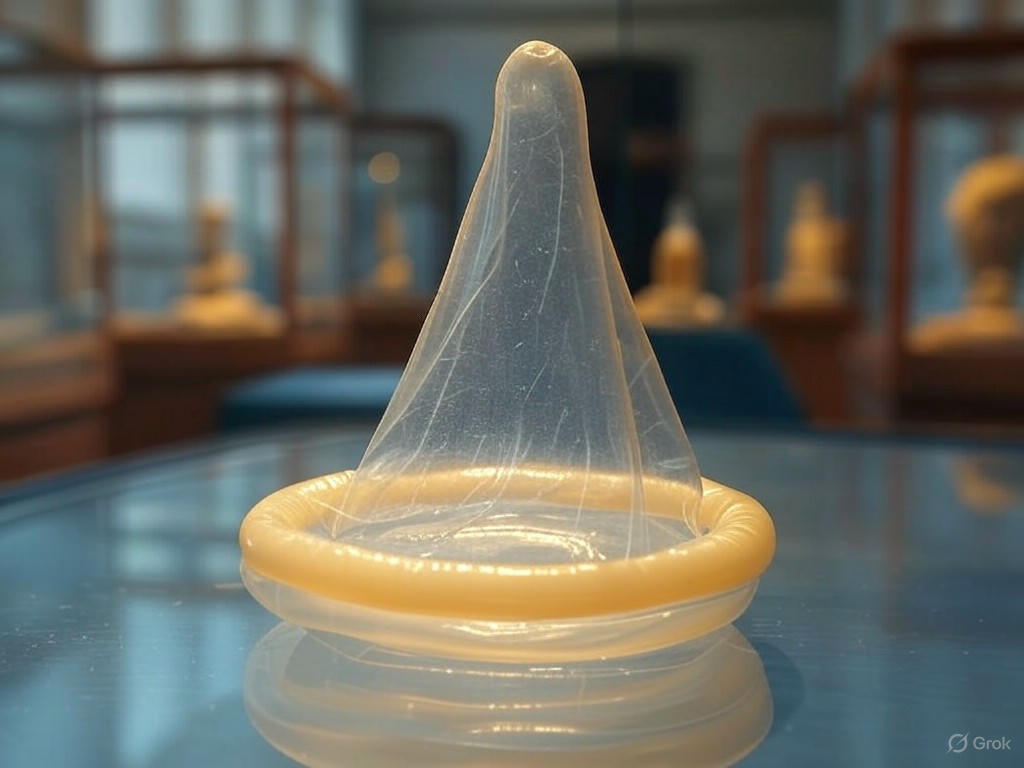In the heart of Amsterdam, a remarkable piece of history has emerged from the shadows, captivating visitors at a local museum. A 200-year-old condom, crafted from animal membrane, is now on display as part of a thought-provoking exhibition exploring sexuality and societal norms of the 19th century. This delicate artifact, preserved with astonishing care, offers a rare glimpse into the intimate lives of people from a bygone era, shedding light on how personal and cultural attitudes toward intimacy have evolved over time.
The condom, believed to date back to the early 1800s, is a testament to human ingenuity and the timeless need for protection and privacy. Unlike modern latex versions, this relic was likely made from sheep or pig intestine, a common material for such items during that period. Its presence in the exhibit, alongside other historical objects related to prostitution and romantic customs, paints a vivid picture of a society grappling with issues of morality, health, and desire. Curators note that while contraception existed, it was often taboo, reserved for the elite or those in specific social circles. This particular piece, discovered in a private collection before being donated to the museum, serves as a tangible link to those hidden stories.
What makes this display so compelling is not just the object itself but the broader context it represents. The exhibition delves into the lives of individuals who navigated love and lust in an era of strict social codes. Visitors are invited to reflect on how much—or how little—has changed in public perceptions of intimacy. For instance, while 19th-century society often shrouded such topics in secrecy, today’s world is far more open, yet still wrestles with stigma in certain areas. The museum has paired the artifact with detailed narratives and illustrations from the time, offering a multi-dimensional experience that educates as much as it intrigues. One can’t help but marvel at the craftsmanship of the condom, a reminder that even in centuries past, humans sought ways to balance pleasure with precaution.
Beyond its historical significance, the exhibit has sparked conversations about the importance of preserving unconventional artifacts. Museum-goers have expressed awe at seeing something so personal and fragile survive the test of time. Social media is abuzz with reactions, ranging from humorous quips about ancient romance to serious discussions on the history of sexual health. The curators hope this display will encourage a deeper appreciation for the complexities of human behavior across generations.
As the exhibition continues to draw crowds, it stands as a bold reminder that history is not just about wars and politics but also about the quiet, personal moments that define us. This 200-year-old condom, though small and unassuming, carries a weighty narrative—one that challenges us to look at the past with fresh eyes and consider how far we’ve come in understanding ourselves.
